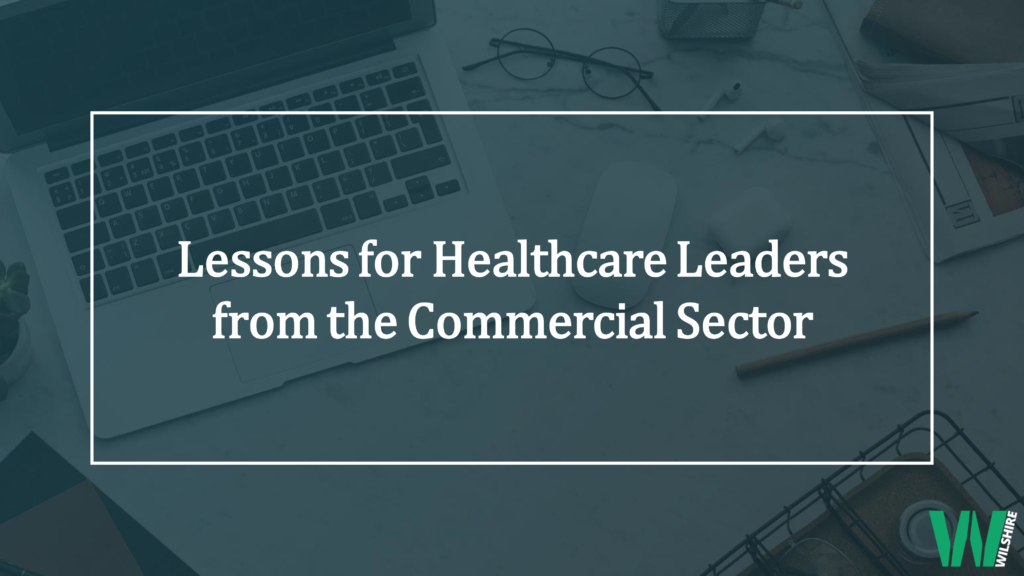Recently I watched a YouTube video called, “If air travel worked like health care”. It was a sad and funny parody of how antiquated some of our practices are in healthcare. Practices that prioritize the needs of providers and health systems over the needs of patients. Practices that, in any other industry, like in the commercial sector, would sink your ship and take you out of competition. Yet we have allowed these practices to persist and healthcare to lag. In this blog we are going to talk about digital transformation in healthcare, and how it applies to revenue cycle areas.
Being successful in today’s healthcare market requires you to take an omnichannel approach to engaging your patients. On one end of the spectrum, you have patients with a more traditional experience with healthcare, preferring person-to-person contact. On the other end of the spectrum, you have patients who would prefer to interact electronically most of the time. The good news is that while healthcare may still be adapting to this shift in consumer preferences, other industries are far more advanced. It’s time healthcare leaders looked at the commercial sector to drive some of their patient engagement strategies.
Improving Your Strategy
During my time in healthcare operations, I learned from successful companies such as Land’s End, Great Wolf Lodge, and Harley Davidson to understand their approach to customer service and support. To really compete in the healthcare arena, there are five (5) areas you should think about to improve your digital strategy and patient experience.
Omnichannel Communication
All access points in the organization need to support multiple types of communication. This includes phone, e-mail, texting, and video. You want to make it as easy as possible for patients to contact you at a time and via method that is most convenient for them. This type of service is challenging as you need to consider HIPAA compliance, staff written and oral language skills, language support, and technology.
This type of work is best done at the enterprise level rather than at the department or division level as it will lead to a more consistent experience for the patient across the health system. They should be able to use the same tools to contact the system for an appointment as they can use for service complaints or billing questions. Text messaging support is critical as more and more patients communicate via their cell and smart phones. Texting also allows you to quickly send out campaigns or other messages – as we’ve seen increased used for during the pandemic.
Customer Relationship Management (CRM)
Commercial sector retailers know their consumer’s engagement scores, browsing habits, and purchase history. They use tools to easily see the full history of a consumer and make suggestions to enhance the experience. Too often in healthcare we look at the patient in the context of a single visit or call. To get to the next level of service we need to start looking at the patient’s experience holistically. An integrated CRM tool can help you do that. It allows you to see different communication touch points the patient has had with the organization, outstanding inquiries, and communication preferences. Imagine how powerful it can be to have all that information in a single database! Through reviewing billing questions and grievances, you could make improvements upstream to avoid those from happening in the first place. You could leverage communication preferences to tailor outreach efforts for appointment scheduling and bill pay.
Workforce Optimization
Healthcare organizations have always managed call centers in various areas of the organization. With the push to centralize patient access operations over the last 10 years, we are seeing even more complex call centers operating within health centers. In the commercial sector, call centers use workforce optimization systems to manage their workforce, load balance staffing against call demand, track key performance indicators, and proactively screen call quality. It’s important that healthcare organizations also adapt and introduce more technology to support their call centers. Call recording and manual audits are time consuming and only scratch the surface on what is needed to provide a great patient experience.
Patient Friendly Applications
Patients will use well-designed applications to engage with your organization. In the revenue cycle area having a patient-friendly payment application for estimates, bill pay, and payment plans is a must. Build parameters you are comfortable with as an organization and allow patients to “choose their own adventure” within those parameters.
Self-Service
Patients want to be able to take care of things when it’s most convenient for them. A phone call M-F during business hours is not going to be convenient for most patients. Why then do we have so many groups making calls to patients at precisely these times? Be willing to step outside of your comfort zone and allow patients to do more online. This is especially true in the scheduling area. Patients should be able to make the same appointments online via MyChart as they can when calling your call centers. Not only is this good for patients, but it also helps with critical staffing shortages. Decision trees are a key tool to patient scheduling enablement.
At The Wilshire Group we love thinking about how we can improve the patient’s experience in healthcare and are ready to help you apply it to your revenue cycle departments. Together we can continue to learn from our friends in the commercial space and apply the ‘best of’ to the healthcare setting. If you would like to learn more about how we can help elevate your revenue cycle, Contact Us.
